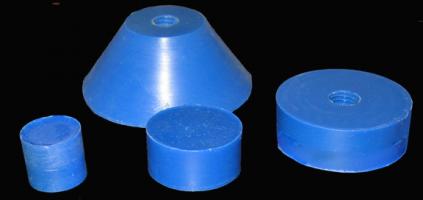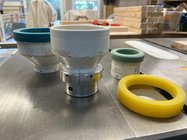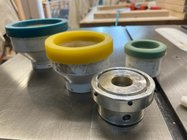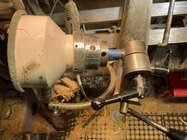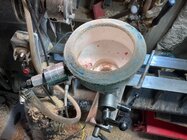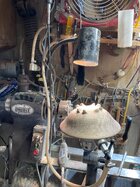I am working on hollow forms and saw something that looked useful for trimming the foot. It was a PVC disk with turned grooves that accepted PVC pipe sections The concept was to have one base that held 4-5 different diameters of drive chucks. This was not a vacuum chuck, just something to hold the exterior of the piece along with a live center in the tailstock.
Does this sound like something you have seen? I believe it was made in Canada.
Unfortunately I cannot find the website.
Bob
Does this sound like something you have seen? I believe it was made in Canada.
Unfortunately I cannot find the website.
Bob

